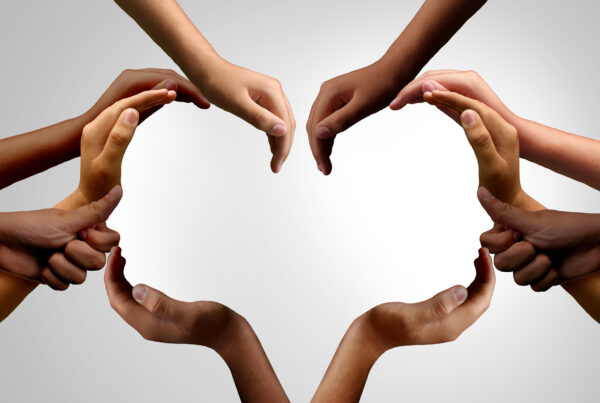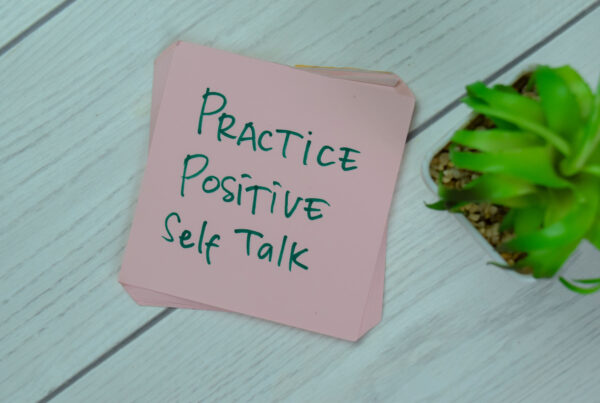
The LGBTQ community has long faced stigma, prejudice, and other negativities directed at them from society. Unfortunately, healthcare is no different when it comes to unwanted bias. Although there have been great strides in public acceptance and more minds (and hearts) are opening, lesbians and bisexual women are still affected by these prejudices. With high rates of substance abuse and mental health issues in the community, barriers to treatment include a reluctance to seek treatment from potentially biased health care providers and a deficiency in training health care providers on the unique physical and emotional needs of the LGBTQ community.
Prevalence of Substance Abuse Among Lesbian and Bisexual Women
According to the 2015 National Survey on Drug Use and Health, lesbian and bisexual women admitted to feeling more frequent bouts of mental and emotional distress and depression than heterosexual women. In addition, a review of 13 studies conducted by Green and Feinstein in 2012 found that lesbian and bisexual women reported a higher likelihood of binge drinking than straight women. The women were also more apt to undesirable consequences. Lesbian and bisexual women differ from men in their substance abuse. According to one study by McCabe et. al, conducted between 2005 and 2009, gay and bisexual men reported a higher use of illicit drugs, while women reported a higher use and dependence on alcohol.
Studies show that illicit drug use is becoming more prevalent among college-age bisexual women. Another study by McCabe et. al reports that women who self-reported bisexual behavior were also more likely to use other drugs, such as tobacco, marijuana, and ecstasy. Patterns in this demographic indicate that alcohol use among both bisexual men and women were remarkably similar; however, women were more likely to suffer adverse emotional and sociological effects.
Prevalence of Mood Disorders Among Lesbian and Bisexual Women
The recognition of the LGBTQ population as a “sexual minority,” has demanded an increase in evaluating the prevalence of mental and mood disorders among the population group. According to a study conducted by Cochran et al. regarding the prevalence of mental and psychological disorders and distress in the United States in 2014, lesbian and bisexual women were more likely to experience generalized anxiety disorders than heterosexual women.
The study indicates that middle-aged lesbian and bisexual women were twice as likely as heterosexual women of the same age to experience symptoms of major depression. In addition, 14.7% of the groups reported generalized anxiety disorder as compared to 3.8% of their heterosexual counterparts. Lesbian and bisexual women were also twice as likely to suffer from panic disorders.
Comorbid psychological and substance abuse disorders are also markedly prevalent among the sexual minority with 23.5% of lesbian and bisexual women showing positive comorbidities for two or more disorders. Overall, 43.5% of the group were positive for at least one mood or substance abuse disorder as compared to only 24.6% of heterosexual women. According to the study, 11.8% of the group reported dependencies on alcohol and 6.5% reported dependencies on other drugs as compared to 3.4% and 1.5% of the heterosexual female group, respectively.
Contributing Factors to Psychologic and Substance Abuse Disorders
Many earlier studies performed in the later part of the 20th century identify some factors associated with the higher prevalence of substance abuse and mood disorders among the LGBTQ community. According to Beatty et al., 1997 and Weber, 2008, individuals in this demographic experience shame and ostracism once they have disclosed their sexual orientation. Discrimination among heterosexual and homophobic populations experienced by the LGBTQ population place these individuals in a higher risk category for suicide, mental illness, and verbal and physical abuse. The incidence of avoidance behaviors on behalf of the majority heterosexual population creates higher amounts of emotional and physical stress to both gay and bisexual men and women.
Bisexual Young Women may be at Higher Risks for Suicidal Behavior
Recent research studies conducted by Drexel University found that although acceptance of the LGBTQ community indicate that society has become more accepting of same-sex relationships, “young bisexual women,” report a markedly higher incidence of suicidal thoughts than both lesbian and heterosexual women in the same age group.
The research lead, Annie Shearer, noted that with regard to anxiety, depression, substance abuse, and suicidal ideation, lesbian women in the 14 to 24 age group were no more likely to report these disorders than heterosexual women. Study findings suggest that both bisexual men and women experience higher degrees of scrutiny from the population. Stereotypes experienced by bisexuals include promiscuity and that their behaviors are either a fad or a phase. These stereotypes are often experienced in a greater population group outside of LGBTQ communities.
Attitudes of Healthcare Workers may lead to Delays in Seeking Care
Healthcare professionals are often seen as judgmental and biased among the LGBTQ community. A 2015 Study performed by Sabin et. al examined health care providers implicit and explicit attitudes toward lesbians and homosexual males by provider specialty, gender, and sexual identity. Results of the study indicate that straight male providers displayed stronger preferences for heterosexual individuals than heterosexual female providers. Implicit and explicit preferences differed among gay and lesbian health care providers. This group of providers displayed preferences towards gay and lesbian individuals over heterosexuals. According to Sabin et. al, bisexual providers held mixed preferences.
Results specific to mental health providers indicated that they displayed weaker preferences towards heterosexual patients, with mental health nurses displaying stronger heterosexual preferences. Contributing factors for the disparity between healthcare providers include degree and type of professional training, political and religious affiliations, and social and economic factors.
Regardless, study findings reflect disparities in not just physical care for the LGBTQ community, but mental health and substance abuse treatment for this demographic. Overall findings indicate that sexual biases and prejudice are the top reason that gay, lesbian, and bisexual individuals delay seeking treatment for mood and substance abuse disorders. In fact, women were more apt than men to avoid care altogether and suffer in silence.
Educating and Training Healthcare Professionals.
Recent studies indicate that substance abuse treatment programs offering group therapy and programs geared toward their LGBTQ patients had better treatment outcomes than those that did not offer these options. As of 2015 only 7.4% of addiction recovery centers provided this option. Research also indicates that members of the healthcare community feel they lack the training and preparation to manage the specific needs of both gay and bisexual women and men.
A 2010 research study of physicians in Upstate New York reported that 43% of physician respondents stated that they were not aware of the association between LGBTQ adolescents and suicidal behavior, and less than half of the surveyed doctors felt they had the appropriate skills to diagnose and treat the special issues presented by same-sex orientation with their adolescent patient population.
Strides in sensitivity training for healthcare professionals in conjunction with specialized education addressing the physical, mental, and emotional needs of the demographic have shown an increase in more positive attitudes of LGBTQ patients. A 2004 study of medical students indicates that professionals receiving specialized training were more likely to include a sexual history in their examinations.
Considerations for Gay and Lesbian Women
Same-sex and bisexually oriented women are at higher risk for anxiety disorders, depression, alcohol and substance abuse than their heterosexual counterparts. Based on the research provided, these women would display better outcomes by researching potential providers as quickly as possible prior to entering treatment or seeking counseling. Women that are in areas with a higher LGBTQ concentration have more community resources available to help them find the right provider with appropriate training to address their specialized needs. Addiction facilities in these areas are more likely to have implemented specific treatment guidelines and group therapy sessions targeting the LGBTQ patient community.
For women residing in areas with low concentrations, it is important to research which providers have received continuing education on treating issues with same-sex and bisexual orientation. A good deal of healthcare programs have implemented specialized mandatory curriculum to address the specialized needs of the LGBTQ community. The National Alliance on Mental Illness contains many suggestions and guides for LGBTQ friendly, providers to assist patients in finding appropriate programs.
If you or a loved one are suffering and want more information on treatment from a caring health provider, call Mission Harbor.




